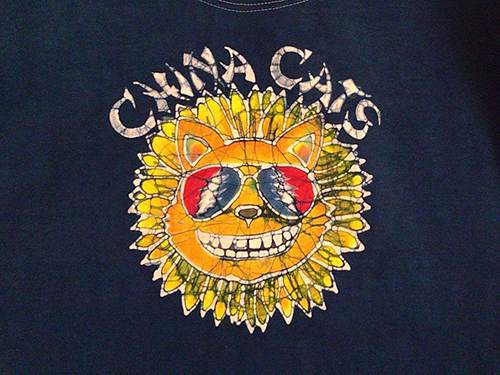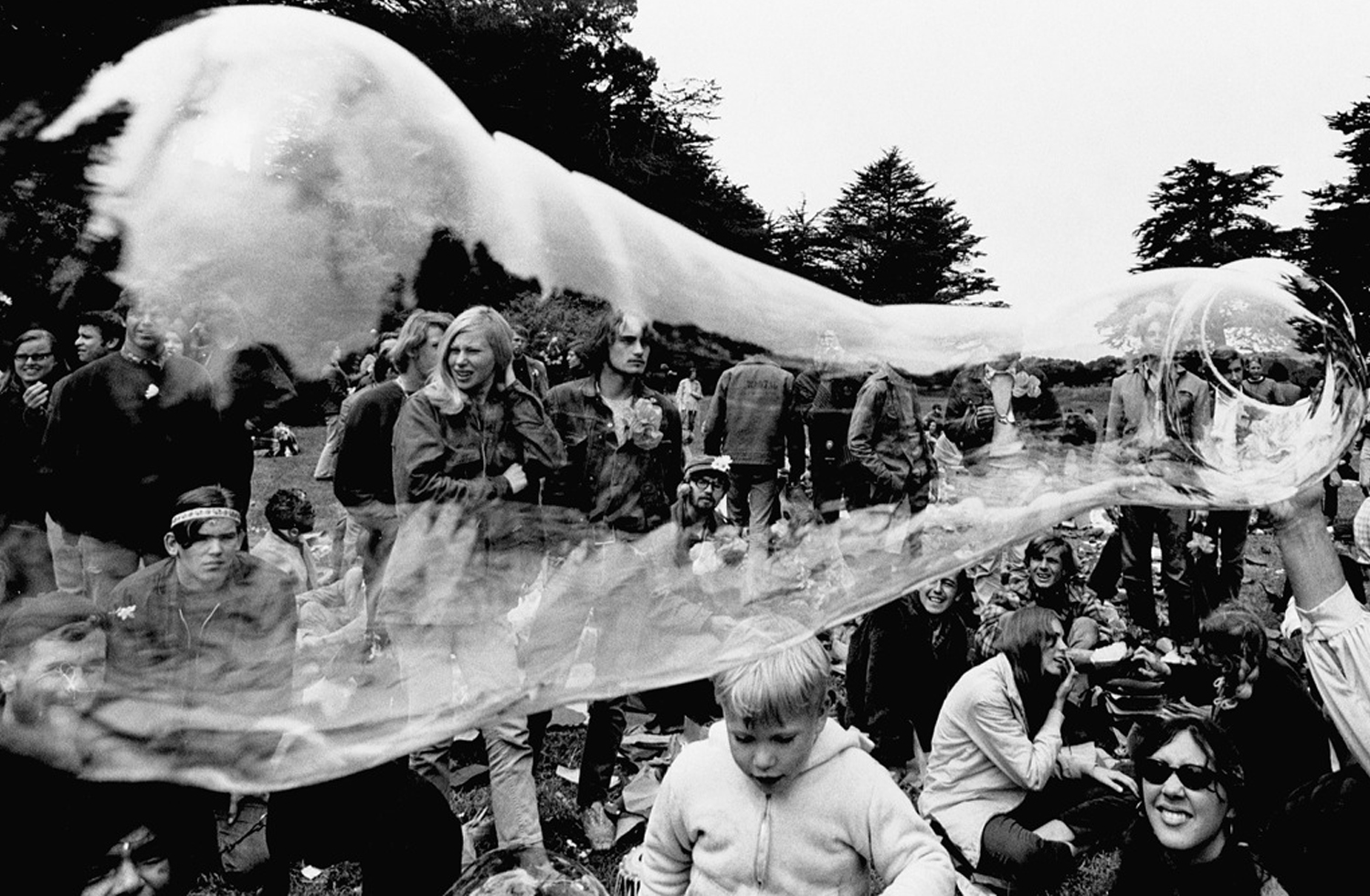Humanities West explores the distinctive history of 1960s San Francisco as we commemorate the fiftieth anniversary of the Summer of Love. Revisit with us the Haight-Ashbury neighborhood as it was transformed into a center of counterculture. Walk in the footsteps of the Beats, the bohemians, and the hippies. Learn about the vibrant forms of cultural expression that burst forth, from rock music to poster art to freeform radio. San Francisco became a showcase for musical diversity, and we celebrate the music of the Grateful Dead with a live performance by the China Cats, a premier tribute band.
Saturday, June 10, 2017
6:30 pm – 10:00 pm
Hippies in the Hood: Haight-Ashbury in the Summer of Love / Mitchell Schwarzer (Urban and Architectural Historian, California College of the Arts). By the 1960s, the nation’s center was not holding and San Francisco’s Haight-Ashbury was turning into a neighborhood unlike any other in North America. There had been bohemian enclaves before. There had never been a place that drew oddballs and seekers by the thousands. Just a decade after the suburbs were branded as the new American standard, a chunk of the nation’s youth broke off from the sterility of subdivision and shopping center, making the trek to San Francisco and turning onto group living, psychedelic music and drug-induced states of consciousness. Why did sixties counterculture coalesce in a small and hitherto unremarkable hood on the eastern edge of Golden Gate Park? How did hippies turn the Haight-Ashbury into an incubator for alternative lifestyles?
Situating the Summer of Love / Peter Richardson (American Studies, SFSU). Although the Summer of Love was the incandescent moment of the 1960s San Francisco counterculture, it arose from a historically specific arts and music scene whose origins stretched back to the 1950s. This presentation will survey the development of that scene with special attention to the San Francisco Renaissance and Beat writers, the bohemian culture at the California School of Fine Arts, Ken Kesey and the Merry Pranksters, and other influences. It will also consider the vibrant forms of cultural expression–including rock music, light shows, poster art, freeform radio, and journalism–that preceded the Summer of Love and were partly displaced by it.
The Soundtrack of the Summer of Love / Nicholas Meriwether (Director, Center for Counterculture Studies). The music that flourished in the San Francisco ballrooms in the 1960s was vibrant and eclectic, a soundtrack forged by hundreds of musicians and bands that still attracts a passionate audience today. During the Summer of Love, dozens of bands performed in venues such as the Fillmore Auditorium, the Avalon Ballroom, Winterland Arena, the Straight Theatre and others, sometimes even performing for free in Golden Gate Park. The remarkable profusion of music prompted San Francisco Chronicle music critic Ralph J. Gleason to call the city “the Liverpool of America,” an acknowledgment of its status as both an incubator of talent and as a crossroads showcasing a fascinating diversity of styles, genres and talents. This lecture will discuss the major and many of the minor voices whose music defined the Summer of Love, from the Grateful Dead and the Jefferson Airplane to the Charlatans and the Mystery Trend.

Performance / The China Cats. The China Cats are a Grateful Dead Tribute Band based in Santa Cruz. As Nicholas Meriwether has said, “The China Cats aren’t a cover band. …They approach the Dead’s work with same kind of reverence and sophistication that the Dead themselves showed in their own forays into American roots music…. When you listen the Cats, … old favorites take on new lives, revealing facets that will delight and amaze even jaded listeners. These guys aren’t copycats — their sets demonstrate how the Dead’s music now is a part of the great American songbook, alongside the giants who first inspired the Dead.”
Download the postcard here: HW Summer of Love Postcard
